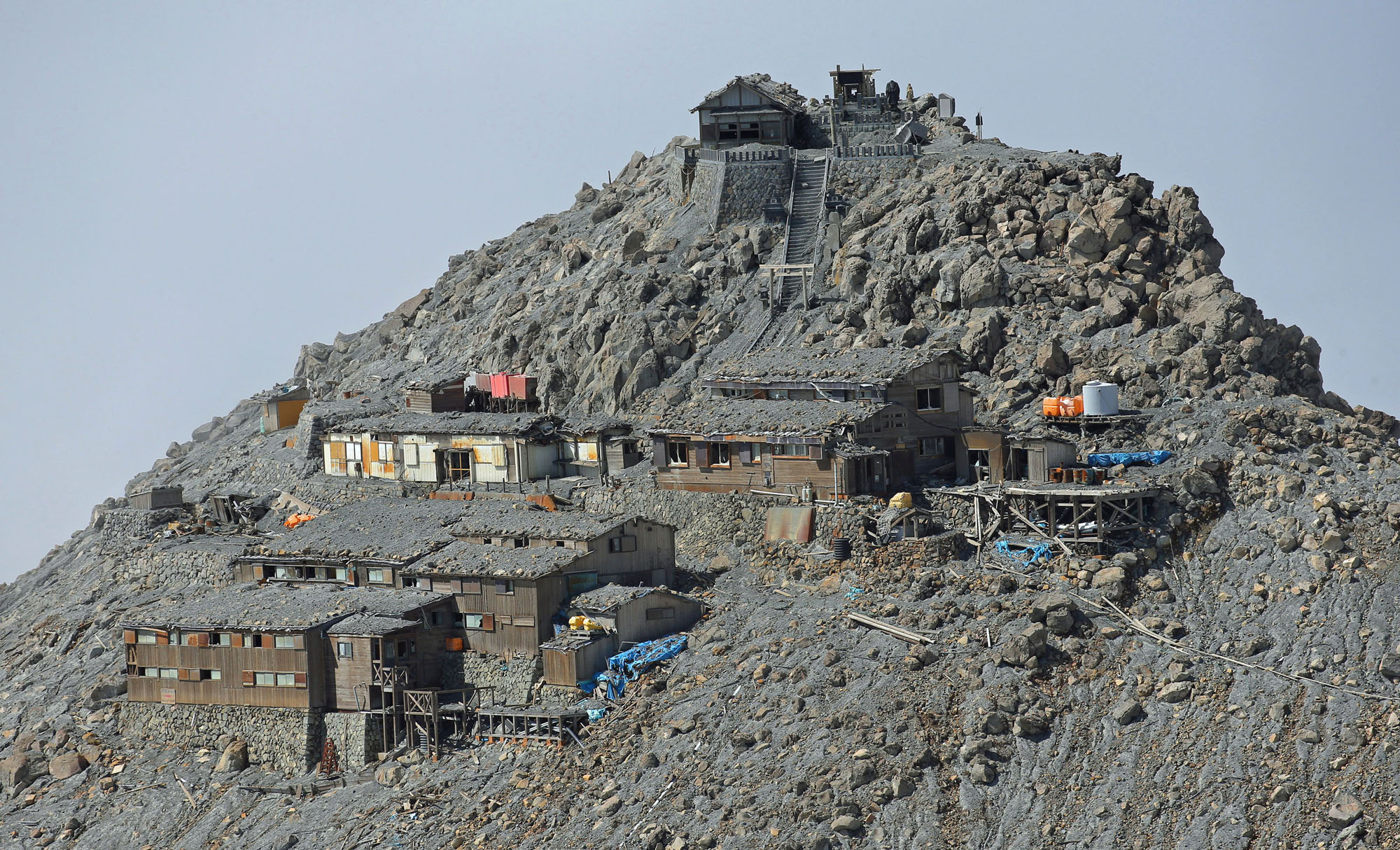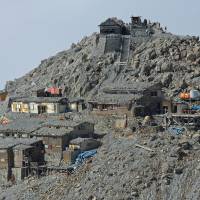The weather agency has slashed the volcanic alert level for central Japan's Mount Ontake to the lowest notch for the first time in about three years following a September 2014 eruption that left 58 people dead and five missing.
The level 1 alert, designated by the Meteorological Agency on Monday, means the public should keep in mind that the mountain is an active volcano. An entry restriction for areas around the crater will be kept intact, the agency said.
Immediately after the eruption, the alert level for the volcano straddling Nagano and Gifu prefectures was raised from 1 to 3, meaning people should not approach the mountain. It was then lowered to 2 in June 2015, meaning people should not approach the crater.
The agency said the possibility of an eruption has declined because there has been no eruption since October 2014. It also said the judgement was based on its constant monitoring as well as an on-site inspection conducted last month.
"Though (volcanic) activities are declining slowly, they have not returned to the state before the eruption," an agency official said, citing activity still seen in some fumaroles. The official said the alert level could be raised again increased activity is discovered.
Local municipalities will maintain restrictions on hikers — which prohibit climbing above the mountain's ninth station — while pushing safety measures, including the improvement of trails and shelter facilities.
Following the nation's deadliest postwar volcanic disaster, the agency revised its standards and expressions for eruption alert levels. It also introduced new measures such as providing notification of volcanic activities more swiftly.
Family members of some victims of the 2014 eruption have filed a damages lawsuit, accusing the weather agency of failing to issue a proper alert even though it detected more than 50 volcanic quakes a day before the eruption.




